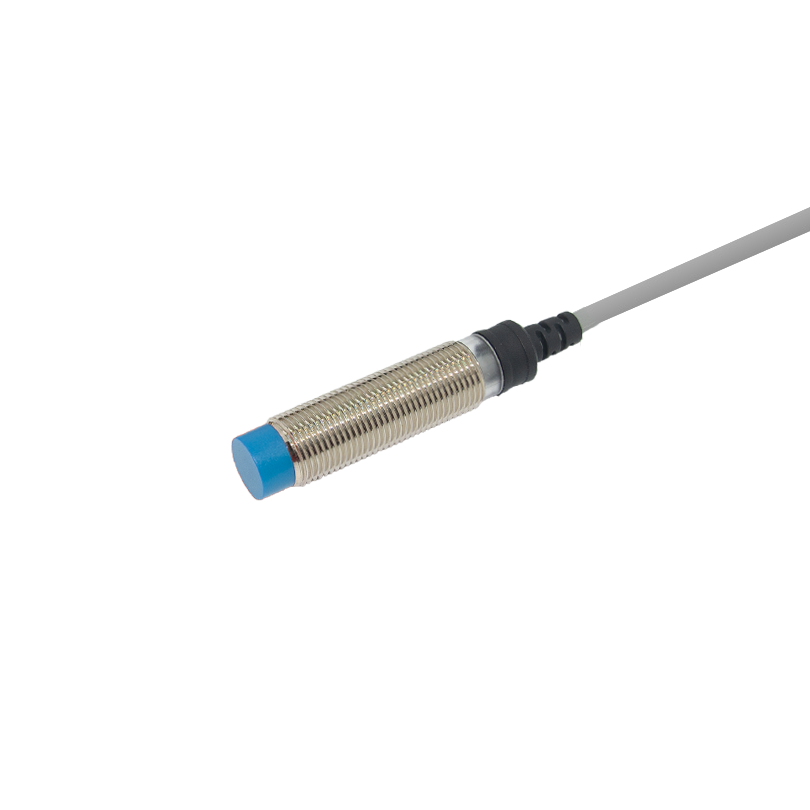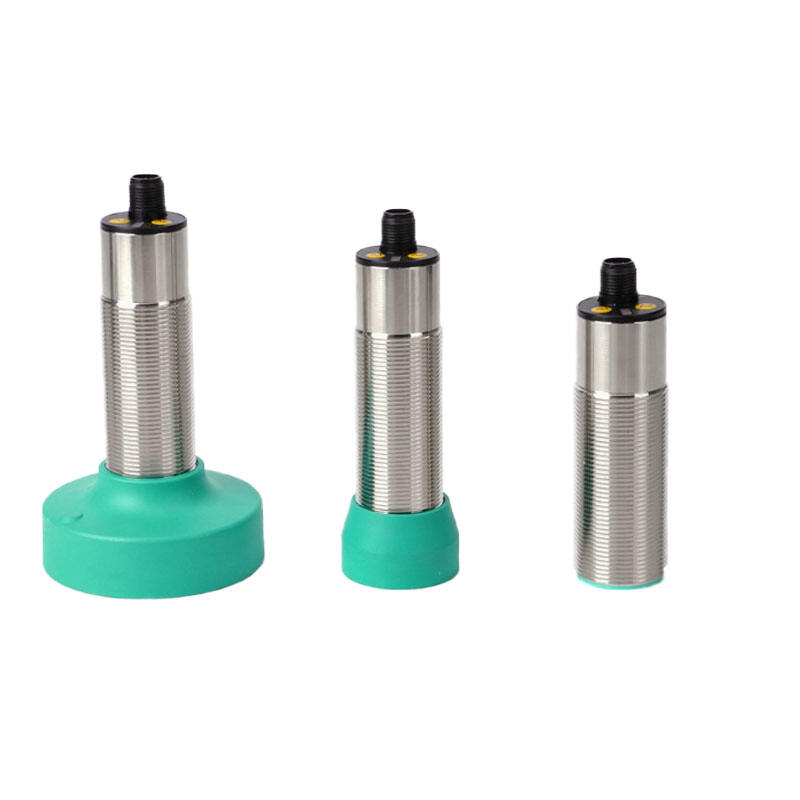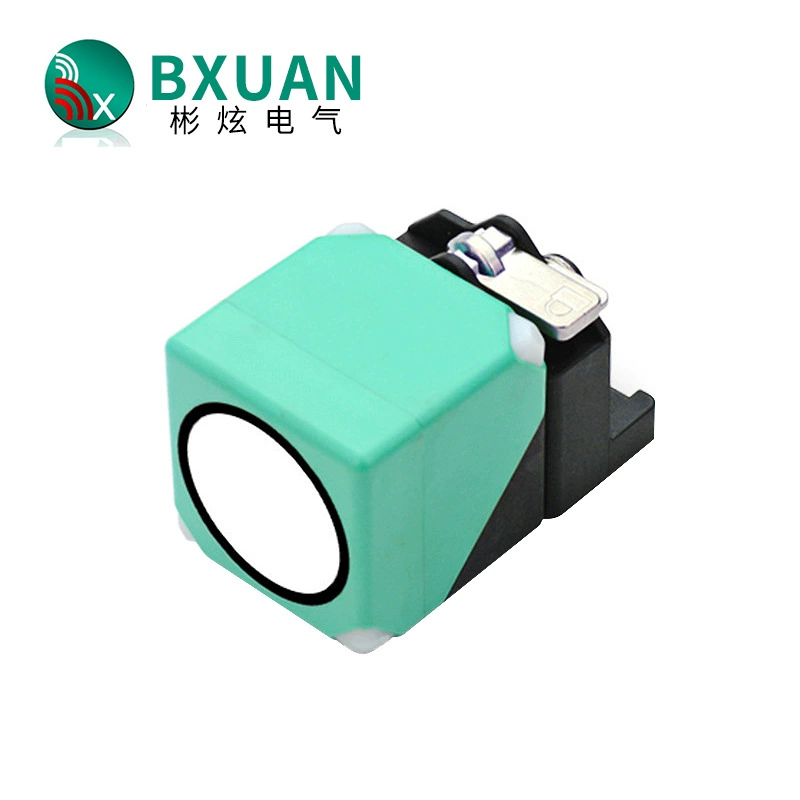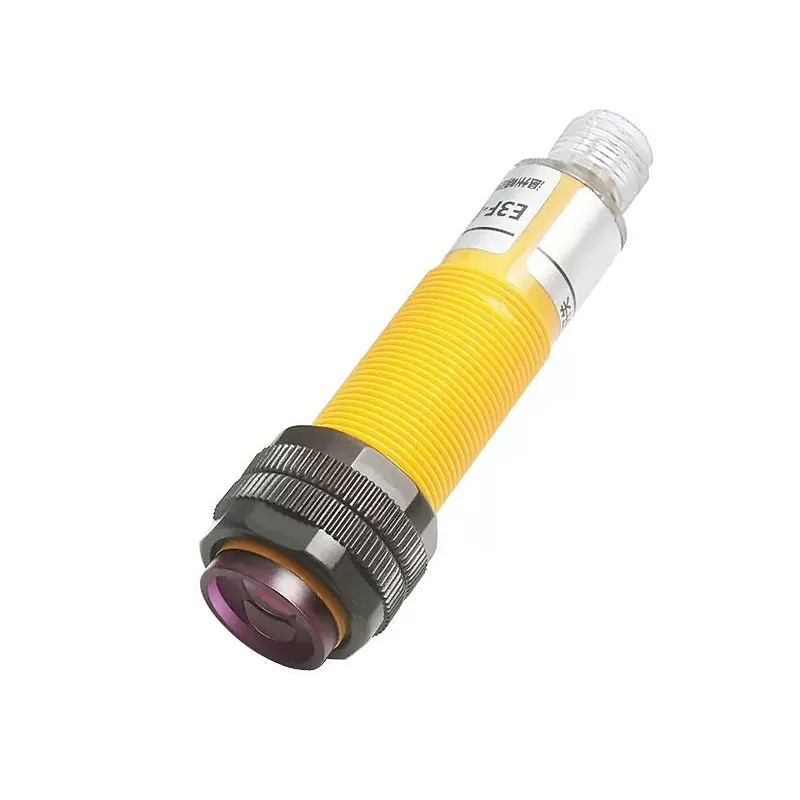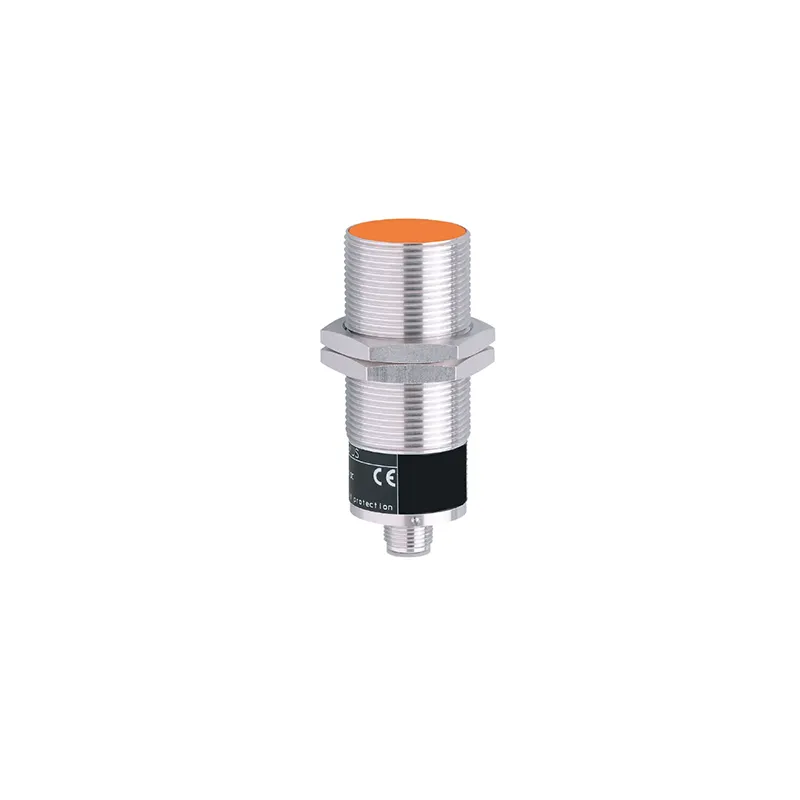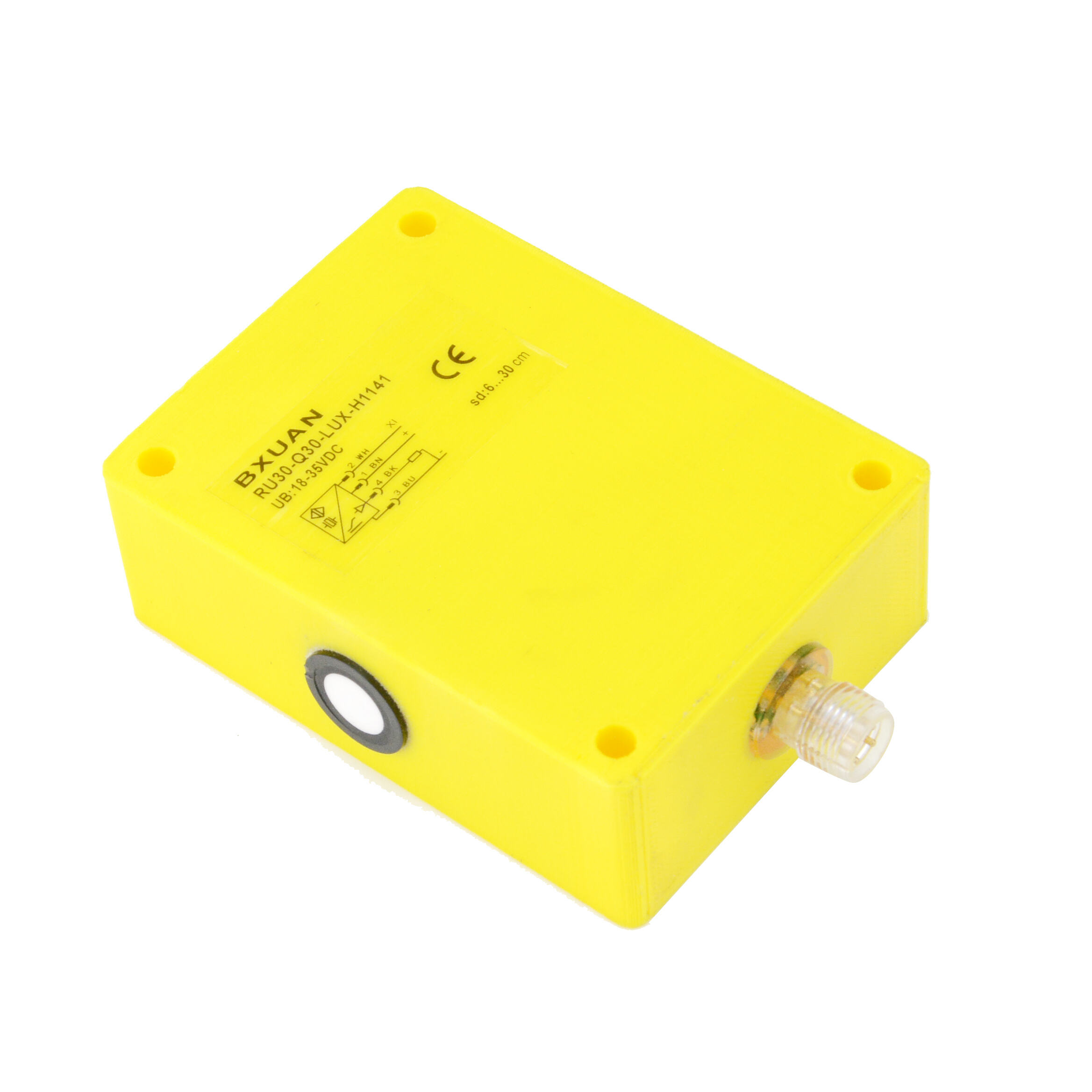zbulimi i gabimeve të sensorit të butonit të afërsisë
Zbulimi i gabimeve të sensorëve të çelësit afërsie përfaqëson një sistem mbikëqyrjeje të sofistikuar që është projektuar për të siguruar funksionimin e besueshëm të proceseve industriale automatike. Kjo teknologji kombinon mundësi të avancuara ndjekëseje me algoritme inteligjente zbulimi gabimesh për të ofruar monitorim dhe diagnostifikim në kohë reale të performancës së çelësit të afërsisë. Sistemi vlerëson vazhdimisht sinjalet e sensorit, duke zbuluar anomali si zhvendosje signali, pengesa ose dështim komponentesh. Duke zbatuar metoda të shumta zbulimi, përfshirë analizën e amplitudës, monitorimin e frekuencës dhe matjen e kohës së përgjigjes, sistemi mund të identifikojë problemet potenciale para se të çojnë në mospunimin e pajisjeve. Teknologjia përfshin rregullimin adaptiv të pragut, i cili lejon kalibrim automatik bazuar në kushtet e mjedisit dhe parametrat operativë. Kjo veçori zvogëlon në mënyrë të konsiderueshme paralajmërimet e gabueshme, duke ruajtur saktësinë e lartë të zbulimit. Në aplikimet industriale, zbulimi i gabimeve të sensorit të çelësit të afërsisë luaj një rol thelbësor në ruajtjen e efikasitetit të prodhimit dhe parandalimin e pushimeve të papritura. Sistemi është veçanërisht i vlefshëm në mjediset e prodhimit ku detektimi i saktë i objekteve dhe pozicionimi janë të thelbësishëm. Ai mbështet lloje të ndryshme sensorësh afërsie, përfshirë sensorë induktivë, kapacitivë dhe fotoelektrikë, duke e bërë të përshtatshëm për aplikime industriale të ndryshme. Teknologjia gjithashtu përfshin mundësi të avancuara diagnostikuese që ofrojnë raporte të hollësishme gabimesh dhe rekomandime mirëmbajtjeje, duke mundësuar strategji proaktive mirëmbajtjeje dhe optimizim të alokimit të burimeve.

